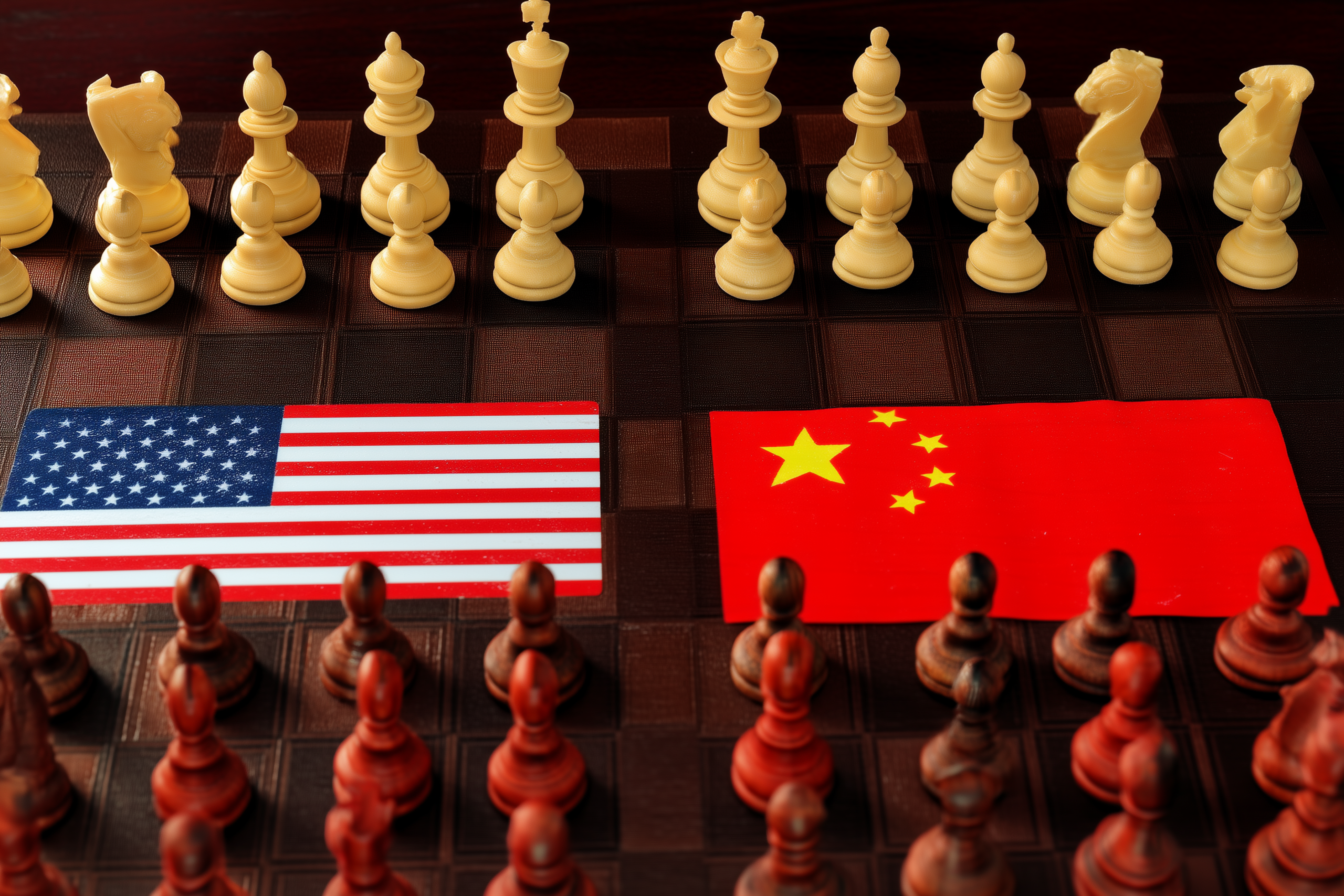📰 Introduction: Trump 100% China Tariff Shakes Global Markets
The announcement of a Trump 100% China Tariff has reignited global trade tensions, sending shockwaves across financial markets. Investors reacted immediately to the news, particularly in tech-heavy indices and commodities, as concerns over rare mineral supply escalated. (Reuters)
Even if past patterns suggest Trump might later soften the threat, the Trump 100% China Tariff has already triggered investor reactions reminiscent of the AI Bubble vs Dot-Com Bubble, when market sentiment moved ahead of actual policy.
⚙️ The Trigger: China’s Rare Mineral Controls and Trump 100% China Tariff
Beijing recently expanded export licensing for rare earth elements and critical minerals, affecting EV batteries, semiconductors, and defense technology. (AP News)
In response, Trump announced the Trump 100% China Tariff, citing China’s restrictions as a national security threat. Key elements like holmium, europium, and thulium are restricted, which could disrupt global supply chains. (FT)
Investors can draw parallels from strategies outlined in Growth vs Dividend Stocks to manage risk amid heightened geopolitical uncertainty.
🇺🇸 Immediate Market Reaction to Trump 100% China Tariff
The announcement of the Trump 100% China Tariff caused a swift market drop: the S&P 500 fell ~2.7%, the Nasdaq ~3.6%, and Big Tech companies faced the largest losses. (Barron’s)
Trump also hinted at export restrictions on critical technology, extending pressure into the semiconductor and defense sectors. (AP News)
This reaction mirrors historical scenarios, where geopolitical announcements created short-term market volatility but long-term investment opportunities.
🐔 Trump’s Pattern: How 100% China Tariff Threats Usually Play Out
Trump’s strategy often involves:
- Announcing a maximal threat
- Watching market and political pressure build
- Softening or delaying enforcement
Examples include 2019’s Mexico tariffs and the Huawei/TikTok bans. Even if the Trump 100% China Tariff is later softened, the initial market response demonstrates the power of headline risk.
📈 Market Implications: Opportunities Amid the Trump 100% China Tariff
| Sector | Short-Term Reaction | Potential Long-Term Effect |
|---|---|---|
| Rare-earth miners | Bullish as demand shifts west | New investment in alternative suppliers |
| Semiconductors / EVs | Margins pressured due to supply uncertainty | Diversification of production lines |
| Commodities | Price spikes for lithium, graphite, copper | Inflationary ripple effects |
| Consumer electronics | Preemptive cost increases | Supply chain adjustments |
Investors can apply insights from Growth vs Dividend Stocks to balance risk and opportunity across volatile sectors. (Semafor)
🌍 Geopolitical Implications of the Trump 100% China Tariff
China’s export control measures are structured as gradual, license-based regulations, allowing Beijing to selectively pressure foreign companies reliant on rare earths. (FT)
The Trump 100% China Tariff amplifies these tensions, forcing firms to rethink supply chains, particularly for EV and semiconductor production. (Reuters)
Strategic scenario planning, becomes critical in navigating supply chain shocks.
🧠 Strategic Outlook
The Trump 100% China Tariff is more than a trade dispute; it’s a battle over control of strategic minerals essential to future technology:
- Clean energy and EV battery production
- Semiconductors and AI hardware
- Defense applications
Even a softened tariff will influence market behavior, reshaping investment flows and supply chains. (CSIS)
💬 Conclusion: The Trump 100% China Tariff Bluff
While history suggests Trump may back down, the Trump 100% China Tariff has already moved markets and triggered strategic reassessments:
- Mining and rare-earth stocks have surged
- Tech and EV companies are revising supply chains
- Global commodity prices are adjusting for potential shortages
This demonstrates that in modern trade, perception can be as impactful as policy.


